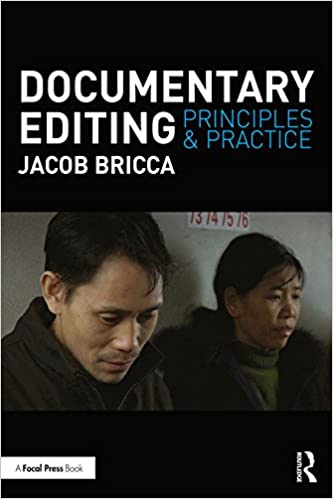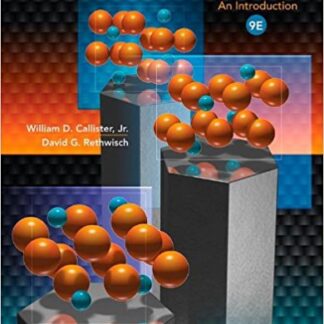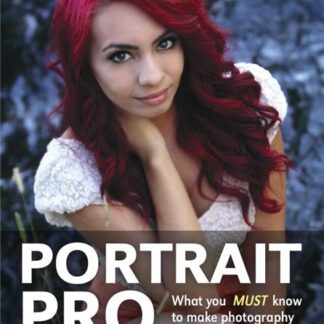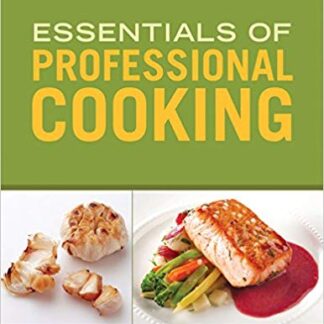Description
Documentary Editing: Principles & Practice 1st Edition by Jacob Bricca, ISBN-13: 978-1138675735
[PDF eBook eTextbook]
- Publisher: Routledge; 1st edition (December 18, 2017)
- Language: English
- 262 pages
- ISBN-10: 1138675733
- ISBN-13: 978-1138675735
Documentary Editing offers clear and detailed strategies for tackling every stage of the documentary editing process, from organizing raw footage and building select reels to fine cutting and final export. Written by a Sundance award- winning documentary editor with a dozen features to his credit and containing examples from over 100 films, this book presents a step-by-step guide for how to turn seemingly shapeless footage into focused scenes, and how to craft a structure for a documentary of any length. The book contains insights and examples from seven of America’s top documentary editors, including Geoffrey Richman (The Cove, Sicko), Kate Amend (The Keepers, Into the Arms of Strangers), and Mary Lampson (Harlan County U.S.A.), and a companion website contains easy-to-follow video tutorials.
Written for both practitioners and enthusiasts, Documentary Editing offers unique and invaluable insights into the documentary editing process.
Table of Contents:
Acknowledgements
Introduction: The Construction of Meaning in Documentaries
Principles of Documentary Editing
Your Documentary Editing Panel
Part I: Setting the Stage for a Successful Edit
Chapter 1: Planning Your Schedule
Documentary Schedules: How Many Weeks?
Chapter 2: Organizing Your Footage
File Organization on Your Hard Drives
Bringing The Files Into Your NLE
A Clean Window on Your Footage: The Feng Shui of File Structure
Documents You Will Need
Chapter 3: Everyday Work Practices
Work in Stages
Focus
The Vital Importance of Taking Breaks
Duplicate and Archive: Leaving a Trail of Breadcrumbs Behind You
Scraps Sequences & Alternate Shots
The Director/Editor Relationship: Working Together and Working Alone
Part II: Finding Patterns
Chapter 4: Viewing and Digesting
Chapter 5: Making Select Reels
Creating Source-Based Select Reels
Creating Topic-Based Select Reels
Chapter 6: Refining Select Reels
Drawing Initial Conclusions About Your Narrative From Your Select Reels
A Fork in the Road
Part IIIa: Constructing and Refining Scenes
Chapter 7: Evidentiary Editing: Building Interview-Based Scenes
Constructing the Framework: Anchor with Audio
Finding “Hinge Clips”
Stitch Together the Seams with Cutaways
Smoothing Edits
Chapter 8: Verité Editing: Building Observational Scenes
Build Up or Trim Down: Two Options for Finding “The Good Bits”
Invisible or Self-Referential?
Microbeats: Sculpting Human Behavior Onscreen
Body Language
Verité Cutaways
Workarounds for Insufficient Cutaway Material
Making Amalgam Scenes
Integrating Audio from Unrelated Scenes
Mixing Evidentiary and Verité Editing with the “Pop-in” Moment
Chapter 9: Building Montages
Media Montages
Part IIIb: Building the Rough Cut
Chapter 10: Choosing and Framing Footage
A Hierarchy of Experience
A Hierarchy of Intervention
The Limits of Verité
Chapter 11: The Fundamentals of Narrative
Text and Subtext
Experimentation
Chapter 12: Working with Narrative
The First Scene
The Beginning
The Middle
Endings
Reshoots
Creating Meaning Through Association and Juxtaposition
Alternative Approaches to Narrative
Chapter 13: Working with Details
Music 
Archival Material and Stock Shots
Reenactments
Graphics and Animations
Lower Thirds
Location Cards
Subtitles
Chapter 14: Working with Time
Marking Time
Rhythm
Pacing
Dynamics
Pauses
Transitions
Part IV: The Refining Process
Chapter 15: Feedback
Evaluating the Work and Taking Direction
Why Hold a Rough Cut Screening?
Tips for a Successful Rough Cut Screening
Interpreting Notes
Chapter 16: Fine Cut to Final Cut and Beyond
Clarity Is King
Trimming Scenes Down
Cutting Scenes To Remove Redundancy
Cutting Scenes To Improve Narrative or Emotional Logic
Removing Unnecessary Pauses & Utterances
Inspecting and Improving Cutaways
Moving Backwards: Overcutting and How to Avoid It
Picture Lock and Beyond
Part V: Seeing It All Come Together: Analyses of Four Films
Chapter 17:Analyses of Two Feature Documentaries
My Kid Could Paint That
An Inconvenient Truth
Chapter 18: Analyses of Two Short Documentaries
Skip
Hotel 22
Appendix
Appendix A: List of Films Cited
Appendix B: Case Studies of Schedules for Feature Documentaries
Appendix C: Documents You Will Need
What makes us different?
• Instant Download
• Always Competitive Pricing
• 100% Privacy
• FREE Sample Available
• 24-7 LIVE Customer Support






